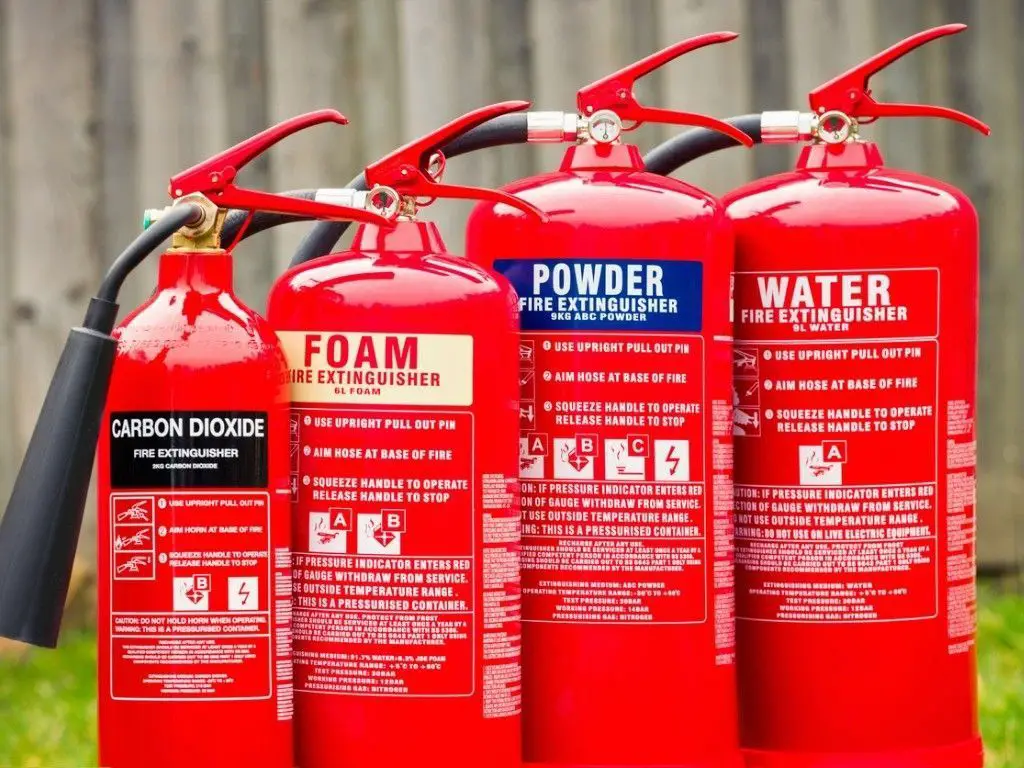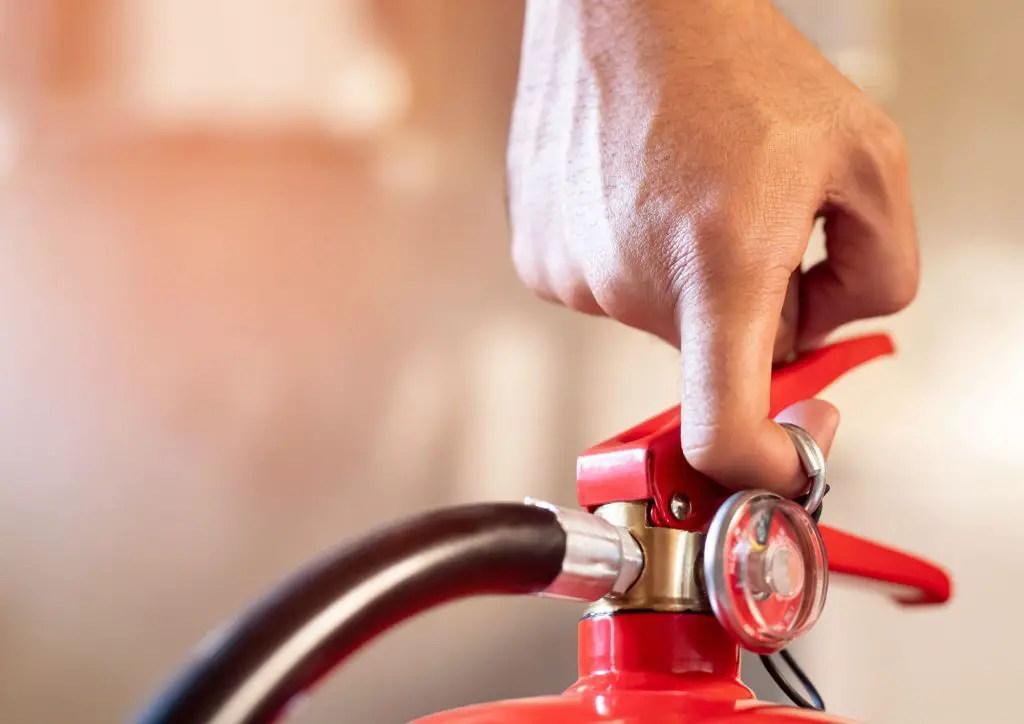A fire extinguisher is small in size but plays an essential role in the indoor fire safety plan. The extinguisher basically helps to suppress the fire-breakout instantaneously, saving lives as well as properties to some extent until the fire department arrives.
We should have at least one fire extinguisher in our home to ensure protection. But the safety can only be guaranteed if we know how to use it correctly. If your fire extinguisher has been sitting on the wall, collecting dust, here’s everything you need to know before cleaning it off and fighting a fire the right way at your place.
Preventive Measures
To avoid fire accidents, we must adopt some precautionary basic safety measures as listed below:

- Flammable and hazardous materials should be stored cautiously.
- Right type of Fire Extinguishers and hydrants must be obtained.
- Emergency evacuation plans and procedures must be practiced.
- Automatic or semi-automatic fire detection alarms must be installed.
Importance of Fire Extinguisher
A fire extinguisher is one of the most proficient tools, which puts out the fire then and there. In the market, you will find many types of extinguishers used to snuff out fire. Hence, you must have a comprehensive knowledge about it before purchasing fire extinguishers for home or office purpose.
Causes of Fire
Many things can fuel a fire. E.g.
- Paper
- Oil
- Electrical short-circuit
- Wood
- Gas
Types of Fire Extinguishers
It is important that you use the correct type of fire extinguisher. Below are the various fire extinguishers and the situation in which they should be used.
Water Fire Extinguisher:
Used to undertake fire caused from flammable objects such as wood and paper and used along with CO2 extinguishers.
Wet Chemical Extinguisher:
Very efficient and instant extinguisher launched in powder form and foam type that primarily cools down the temperature of the fire e.g., this would be used on cooking oil thus ruling out the chances of re-ignition.
Carbon-dioxide Extinguisher:

Fire involving electrical equipment requires specifically designed extinguishers like CO2, powder, and cleaning agents such as FE-36. The cylinders are often placed adjacent to electrical equipment.
Important note: While using CO2 extinguisher, never press the frost-free horn, as on pressing, cooling agent comes out exceptionally cold and one could suffer a severe freeze burn from it.
Powder Fire Extinguisher:
These extinguishers are used in buildings to put out the fire caused from flammable liquid and gas, flammable solid fires, and electricity as well.
Foam Extinguisher:
The foam extinguishers are suitable for flammable solid and liquid fires.
How to Use a Fire Extinguisher
Whether you have fire extinguishers at home or office, it is essential to be familiar in how to use it correctly during fire emergency.
Four basic steps employed to operate a fire extinguisher entails a very simple acronym to remember in the event of a fire emergency = PASS.

- P - Pull the pin
- A - Aim the nozzle
- S - Squeeze the levers
- S - Sweep the nozzle.
The abbreviation is described as follows:
- P - Pull the safety pin out placed at the top of the fire extinguisher to break the seal and free the lever. The pin in place, checks the handle from being pushed and accidentally operating the extinguisher.
- A - Aim the fire extinguisher pipe at the base of the fire and not on the flames. You must approach towards the fire source while standing at a safe distance of around 8 feet away.
- S - Squeeze the handle evenly and slowly to release the fire fighting agent. To stop discharge, release the handle gently.
- S - Sweep the extinguisher nozzle from side to side at the base of the fire until the fire is out. After the fire is extinguished, check out for smoldering danger hot spots that could reignite causing flames.
The best way to keep your home and family safe in the event of a fire is to be prepared. Consequently, fire extinguishers, in the hands of a trained person, can be helpful for putting out small developing fires.
When to Use a Fire Extinguisher
Use a fire extinguisher only if:
- The fire is small, as it is not meant to disable large growing fires.
- You are aware of how to use a fire extinguisher correctly.
- You have a clear exit corridor nearby to leave the place should the situation get out of control.
Storage
Placing fire extinguishers in an appropriate place is also equally important to tackle potential fire breakouts. The fire fighting system must be placed where people can find as well as reach it effortlessly. At home, it should be stored in kitchen, garage, and nearby heat sources. Moreover, at workplaces, it must be placed at exits and hallways. You can store extinguishers at accessible places or mount them on the wall for trouble-free access in any emergency situation.
Conclusion
So here we have talked about the easiest ways to use a fire extinguisher. They are designed simply to make all the damages due to fire incidents almost negligible instead of getting out of control and destroying home or office places.
Always call for help from the fire department after a fire breakout to ensure your safety and the safety of those around you. Calling the fire brigade professionals guarantees the situation getting 100% tackled safely as it could still re-ignite.
Above and beyond, it is also imperative to know how to use the fire extinguisher. Knowing how to utilize this equipment will certainly facilitate saving many lives and assets as well.
Click here for a more comprehensive guide to fire extinguishers.

